Tesla's ambitious plan to bring its Full Self-Driving (FSD) technology to European markets has encountered a complex web of regulatory hurdles. Unlike the relatively flexible regulatory environment in the United States, Europe presents a patchwork of national and EU-wide regulations that could significantly delay or alter the deployment of FSD. The challenges range from strict data privacy laws to stringent vehicle safety standards, each requiring careful navigation by Tesla's legal and engineering teams.
Data Privacy and GDPR Compliance
One of the most formidable obstacles Tesla faces in Europe is compliance with the General Data Protection Regulation (GDPR). FSD relies heavily on collecting and processing vast amounts of data, including real-time footage from cameras and sensors. Under GDPR, Tesla must ensure that all data collected from European users is stored and processed within the EU or in countries with equivalent privacy protections. This could force Tesla to establish local data centers, a costly and time-consuming endeavor. Additionally, European drivers must explicitly consent to data collection, which could limit the scope of information Tesla can use to improve its algorithms.
Vehicle Safety Standards and Type Approval
Europe's vehicle safety regulations are among the most rigorous in the world. Unlike the U.S., where Tesla has been able to deploy beta versions of FSD to customers, European authorities require full type approval before any advanced driver-assistance system (ADAS) can be used on public roads. This process involves extensive testing and certification by bodies such as the European Commission and national agencies like Germany's Kraftfahrt-Bundesamt (KBA). Tesla may need to modify its FSD software to meet these standards, potentially delaying its rollout by months or even years.
Ethical and Liability Concerns
The ethical implications of autonomous driving are another major sticking point. European regulators are particularly concerned about how FSD will handle edge-case scenarios, such as unavoidable accidents. The EU's proposed Artificial Intelligence Act could classify FSD as a high-risk AI system, subjecting it to additional scrutiny. Liability is another unresolved issue—under current EU law, the driver is typically responsible for accidents, but with FSD, the lines between human and machine accountability become blurred. Tesla may need to work with insurers and legislators to create new frameworks before FSD can be widely adopted.
Competition from Local Automakers
European automakers like Volkswagen, BMW, and Mercedes-Benz are investing heavily in their own autonomous driving technologies, often with closer ties to regulators. These companies have a home-field advantage in navigating the EU's bureaucratic landscape, and some have already secured approvals for limited autonomous features. Tesla's FSD will need to compete not just on technology but also on its ability to meet Europe's unique regulatory and consumer expectations. This could require Tesla to form partnerships with local firms or adapt its marketing strategy to emphasize compliance and safety over raw innovation.
Infrastructure and Localization Challenges
Europe's diverse driving conditions—from narrow medieval streets to high-speed autobahns—pose technical challenges for FSD. The system, largely trained on U.S. roads, may struggle with Europe's complex traffic laws, which vary by country. For example, priority-to-the-right rules in some nations could confuse FSD's decision-making algorithms. Tesla will need to invest in region-specific training data and possibly collaborate with local governments to ensure its maps and software are up to date. Without these adaptations, FSD's performance in Europe could fall short of its U.S. capabilities.
Public and Political Sentiment
Finally, public opinion in Europe is more skeptical of autonomous vehicles than in the U.S. High-profile accidents involving Tesla's Autopilot have made headlines, and some European politicians have called for stricter oversight of the technology. Tesla will need to launch a concerted PR campaign to win over consumers and policymakers, emphasizing FSD's safety record and potential benefits for traffic congestion and emissions. Without broad public support, regulators may keep FSD on a tight leash, limiting its functionality or imposing restrictive conditions.
In summary, while Tesla's FSD represents a technological leap forward, its path to European adoption is fraught with obstacles. From GDPR and safety certifications to ethical debates and local competition, each challenge requires a tailored solution. Tesla's ability to navigate this labyrinth will determine whether FSD can achieve the same success in Europe as it has in North America—or whether it will remain a distant promise for European drivers.

By Ryan Martin/Apr 7, 2025
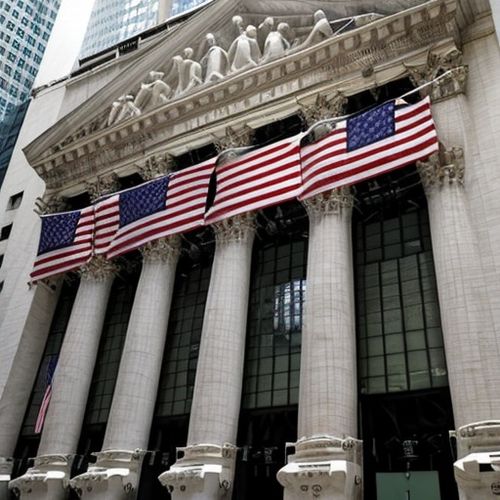
By Ryan Martin/Apr 7, 2025

By David Anderson/Apr 7, 2025

By Olivia Reed/Apr 6, 2025

By Daniel Scott/Apr 6, 2025
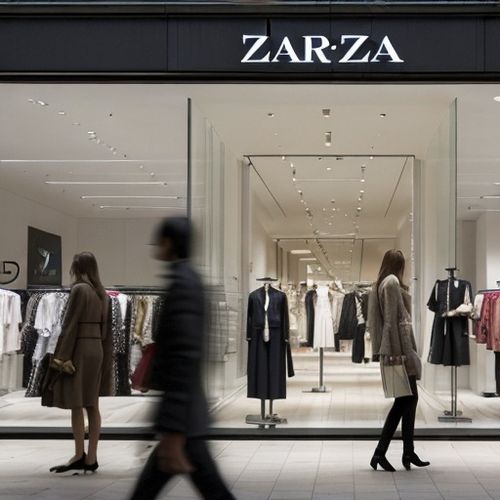
By Victoria Gonzalez/Apr 6, 2025
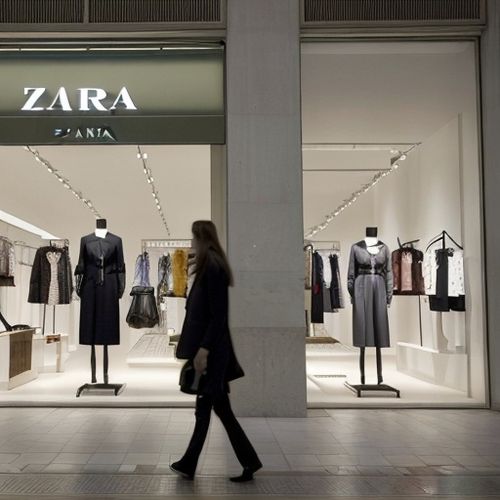
By John Smith/Apr 6, 2025

By Elizabeth Taylor/Apr 6, 2025

By James Moore/Apr 6, 2025

By Megan Clark/Apr 6, 2025
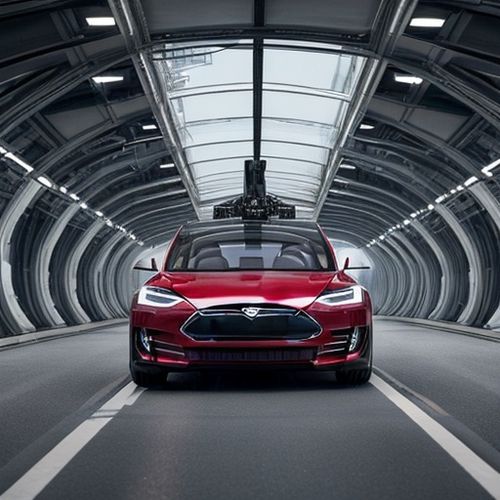
By Daniel Scott/Apr 6, 2025
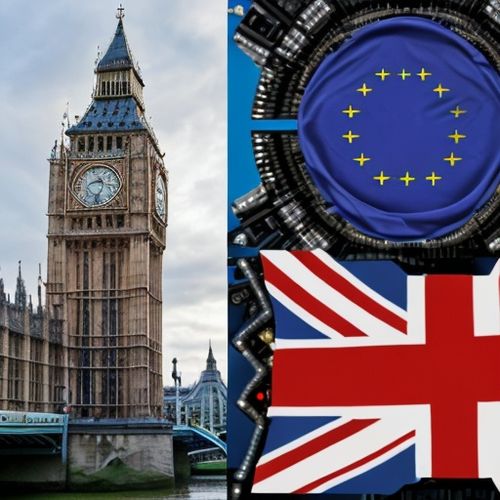
By William Miller/Apr 6, 2025

By Samuel Cooper/Apr 6, 2025

By Amanda Phillips/Apr 6, 2025

By Natalie Campbell/Apr 6, 2025

By Noah Bell/Apr 6, 2025

By Elizabeth Taylor/Apr 6, 2025